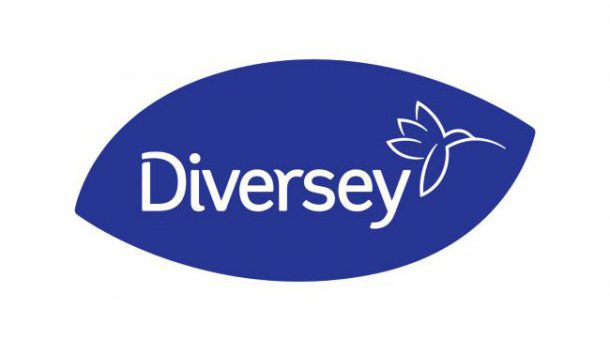
Hygiene and health company Essity has published its Annual and Sustainability Report for 2019.
The report details the company’s financial efforts through 2019 as well as its ongoing sustainability efforts to reduce its environmental footprint 33 per cent by 2030.
Organic net sales, which exclude exchange rate effects, acquisitions and divestments, increased 4.5 per cent, of which volume accounted for 2.3 per cent and price/mix for 2.2 per cent.
Organic net sales increased 2.1 per cent in mature markets and increased 9.1 per cent in emerging markets. Emerging markets accounted for 37 per cent of net sales.
Magnus Groth, president and CEO of Essity, said 2019 was a year of strong growth and improved profitability.
“Through price increases, improved product mix, higher volumes and cost savings, we have more than offset the significant headwinds over the past two years from higher raw material costs. Successful innovations and investments in sales and marketing have strengthened market positions and brands.
“As part of ongoing efforts to contribute to a sustainable and circular society, we established additional sustainability targets for packaging with a special focus on plastic packaging. We are working actively to break barriers and increase knowledge of hygiene and health.”
Last year, Essity announced a new target that 85 per cent of the company’s packaging is to be manufactured from renewable or recycled material by 2025.
The targets are part of Essity’s commitment to the Ellen MacArthur Foundation’s plastic initiative, “A line in the sand.”
Comment below to have your say on this story.
If you have a news story or tip-off, get in touch at info@3.106.117.80.
Sign up to INCLEAN’s newsletter.




